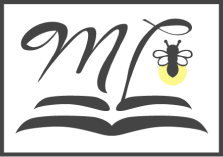Young children seem to have a natural soft spot for baby animals. Judy Waite’s children’s picture book The Storm Seal (Magi Publications, 1998)does a fantastic job of appealing to this innate interest in young children. When a story has captured children’s interest, they need time to linger in the part of the story that they connect with. One way to foster meaningful connections between a story the little ones have really enjoyed and their play is through sensory and pretend play. Young pre-schoolers will most likely have limited experiences of their own on the beach, hence sensory play experiences with the natural materials can greatly enhance their play. A sensory play tub of sand, shells, water and a bit of seaweed gives little hands a mini-beach to touch and explore.
I always like to keep a set of sturdy plastic animals on hand in the classroom as they have so many uses in different types of play and learning, and plastic animals can compliment a themed sensory play time perfectly. In this story, when they learn about the little seal that got lost, having little plastic sea animals that they can touch, hold, and make up open-ended scenarios of their own gives them a chance to linger with the ideas and concepts in this story and its beautiful illustrations by Neil Reed.
I love the reactions of the little ones as we’ve read this story over and over together. Every group of children will respond a bit differently to the same story, and might be captivated by a certain part of a story. The most recent group of children I’ve read this story with were very interested in the pictures of the little seal being fed by a bottle and then in a bowl. They loved the feeling and idea of saving the little lost seal and looking after it and feeding it. These pictures made great conversation starters as we chatted together and thought about what the little seal ate for breakfast and what they themselves like to eat for breakfast. Even after the story was finished, we later on revisited this topic while sitting around the table to eat and made up a our own little game as we looked at pictures of different animals or characters on our clothing, lunchboxes, and backpacks and guessed what each of them ate for breakfast or at meal time.
